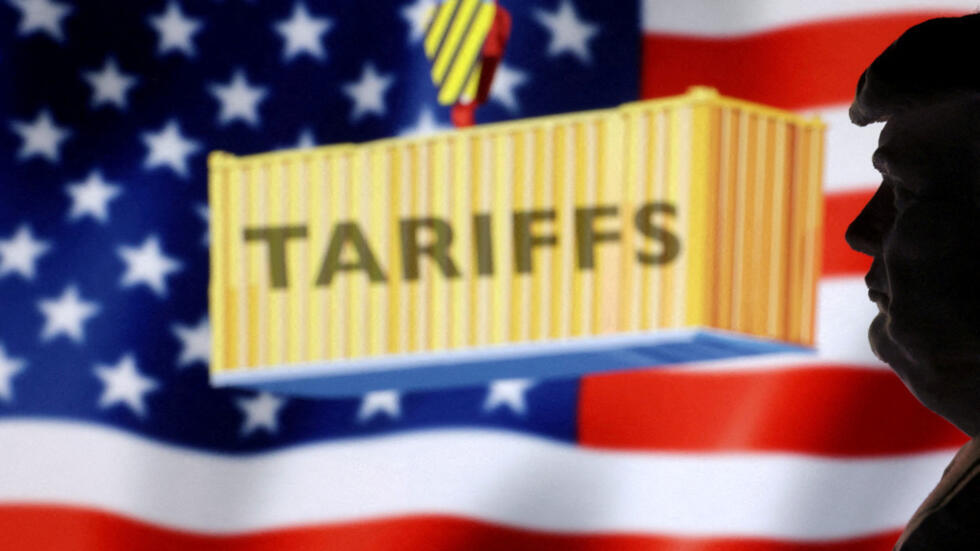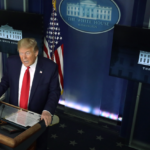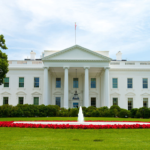Global supply chains were already under strain post-pandemic, but the introduction of recent US tariffs has thrown a new set of challenges into the mix. These developments are forcing supply chain decision-makers to rethink their strategies, adapt operations, and focus on resilience like never before. But what do these tariffs really mean for international supply chains and warehouse management? And, perhaps more importantly, how can businesses tackle these challenges head-on?
The New Face of Global Trade
Tariffs fundamentally alter the flow of global trade. By increasing the cost of specific imports, they push businesses to reassess their sourcing strategies, often leading to a shift towards regional suppliers. For example, companies in sectors like electronics and automotive are increasingly pivoting to nearshoring to minimise tariff exposure and reduce transportation costs.
What does this mean for decision-makers in supply chain management? It translates into an urgent need to recalibrate trade routes and contracts. Decision-makers must weigh the increasing complexities of balancing new suppliers, understanding quality standards, and recalculating freight timelines. The result is not just logistical; it disrupts everything from supplier relationships to cost forecasts.
The Warehouse Bottleneck
While supply chains struggle to adapt, warehouses bear the brunt of this disruption. Tariffed goods create inventory dilemmas. How do you efficiently store, manage, and allocate resources for high-tariff products while aligning with demand forecasts?
The pressure on warehouse operations is intensifying. Companies must rethink their storage strategies, implementing enhanced inventory management tactics, such as prioritising costlier tariffed goods for faster turnover. Case in point, some large retailers have introduced advanced inventory categorisation systems to segregate tariff-affected items and reduce their impacts on overall operational efficiency.
Strategic Partnerships and Diversification – Tackling Risk Head-On
One decisive strategy to mitigate supply chain risks is diversification. Relying on a single market or supplier for key raw materials is no longer viable. Strategic partnerships with suppliers in different regions can help businesses spread risk, ensuring supply continuity even in a volatile trade landscape.
Take the example of the textiles industry, which traditionally relied heavily on China. When tariffs increased, many companies diversified sourcing, partnering with manufacturers in Vietnam, India, and Mexico. The result? A far more resilient supply chain model capable of weathering trade-policy-induced turbulence.
Technology as the Backbone of Adaptability
Adapting to the changing landscape of US tariffs is not possible without the support of cutting-edge technology. AI and machine learning are transforming the way supply chains forecast, plan, and react to volatility.
For instance, AI-powered forecasting tools can analyse tariff impacts on trade flows and identify optimal sourcing solutions in real-time. Predictive analytics can also be used to simulate various tariff scenarios, enabling better-informed decision-making. Furthermore, blockchain in supply chain management ensures greater compliance with evolving trade regulations by improving transparency across supplier tiers.
Logistics leaders who invest in these tools will find themselves better equipped not only to address immediate tariff-related challenges but also to future-proof their operations in this era of fast-changing global trade policies.
Compliance in a Shifting Regulatory Environment
Navigating the often-confusing world of trade regulations has always been a challenge for international businesses. Add evolving tariffs into the mix, and ensuring compliance becomes an even greater responsibility for supply chain leaders.
Failure to stay current with regulations could result in fines, shipment delays, or reputational damage. Leaders must focus on implementing robust compliance frameworks and staying agile enough to quickly adjust to policy changes. Automation tools can enhance this process by flagging regulatory updates and safeguarding compliance across the value chain.
Thriving in a Tariff-Driven Era
The US tariff landscape is a call to action for supply chain decision-makers. It demands innovation, agility, and resilience from businesses. To thrive amidst such uncertainty, leaders need to focus on the following key strategies:
- Reshape sourcing strategies to mitigate cost increases.
- Optimise warehouse operations with advanced inventory management solutions.
- Diversify partnerships across multiple regions to minimise supply chain risks.
- Leverage AI and technology for better adaptability and smarter decision-making.
- Build a robust compliance framework to stay ahead of trade regulation changes.
The result? A well-adapted, future-ready business model capable of turning tariff challenges into opportunities for growth.
Final Thoughts
The global trading environment is changing rapidly, and businesses that fail to adapt risk being left behind. To stay competitive, supply chain leaders must rethink every aspect of their operations—from sourcing strategies to warehouse management and technology adoption. By proactively anticipating changes and implementing a proactive trade compliance strategy, businesses can not only mitigate the risks of tariffs and trade wars but also gain a competitive advantage in the marketplace. Don’t wait until it’s too late to take action. Start building your resilient supply chain today and stay ahead of the game.

















